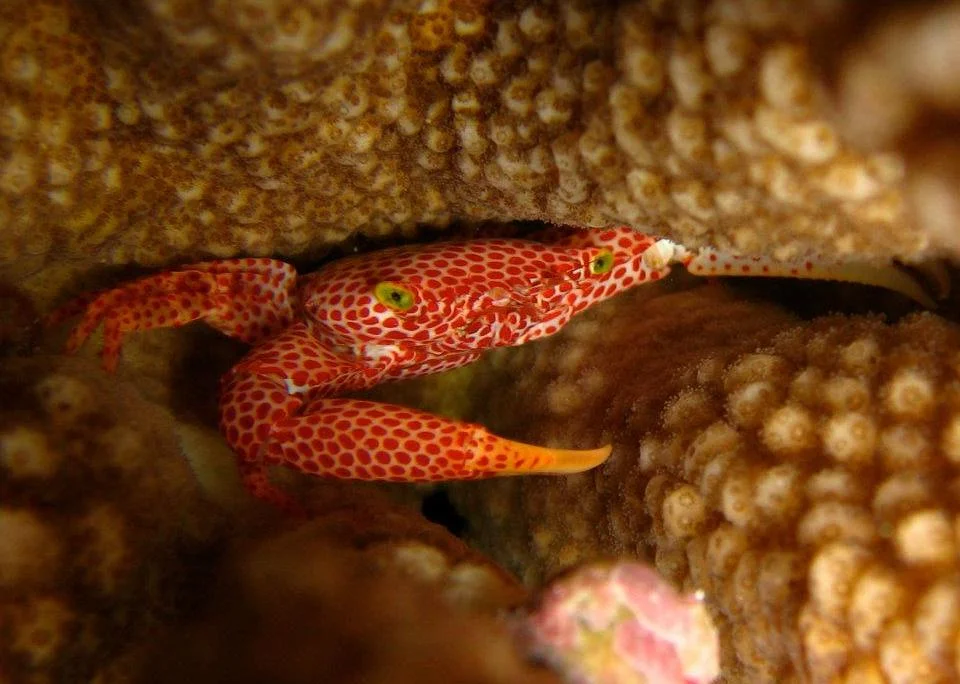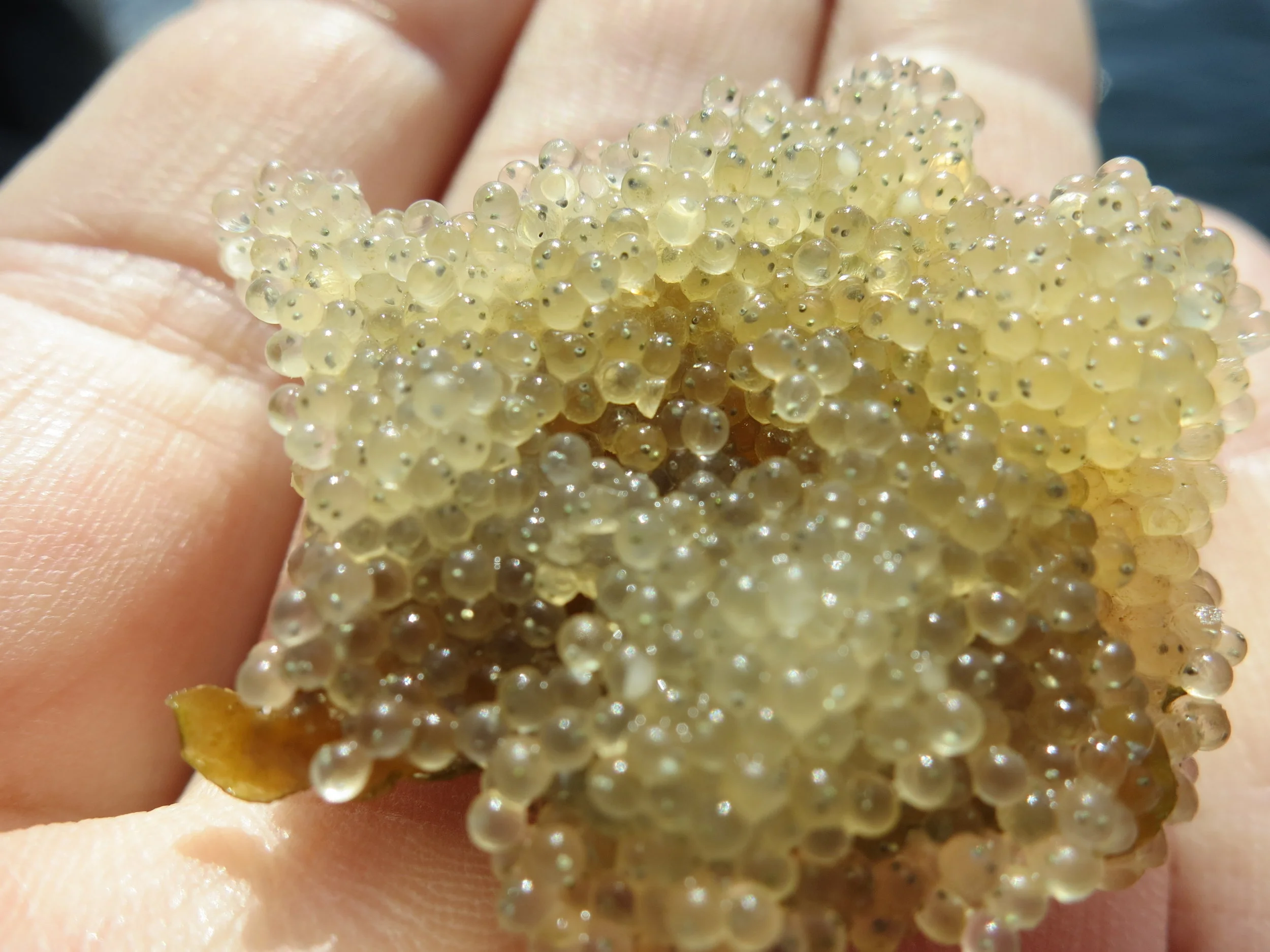The Hidden Chaos Behind Reef Fish Survival: Why Population Regulation is More Complicated Than We Thought
Our new meta-analysis reveals a startling pattern: the strength of density dependence in reef fish survival varies by orders of magnitude—even within the same species. While predators amplify crowding effects by over 1500%, most variation remains unexplained, suggesting that context-specific factors we rarely measure may be just as important as the biological mechanisms we study.
How patchy landscapes drive spatial patterns
Patchy landscapes don't require variation in quality to drive spatial patterns
Variable perceptions of food webs have conservation consequences
Expert perceptions drive conservation conflict



















